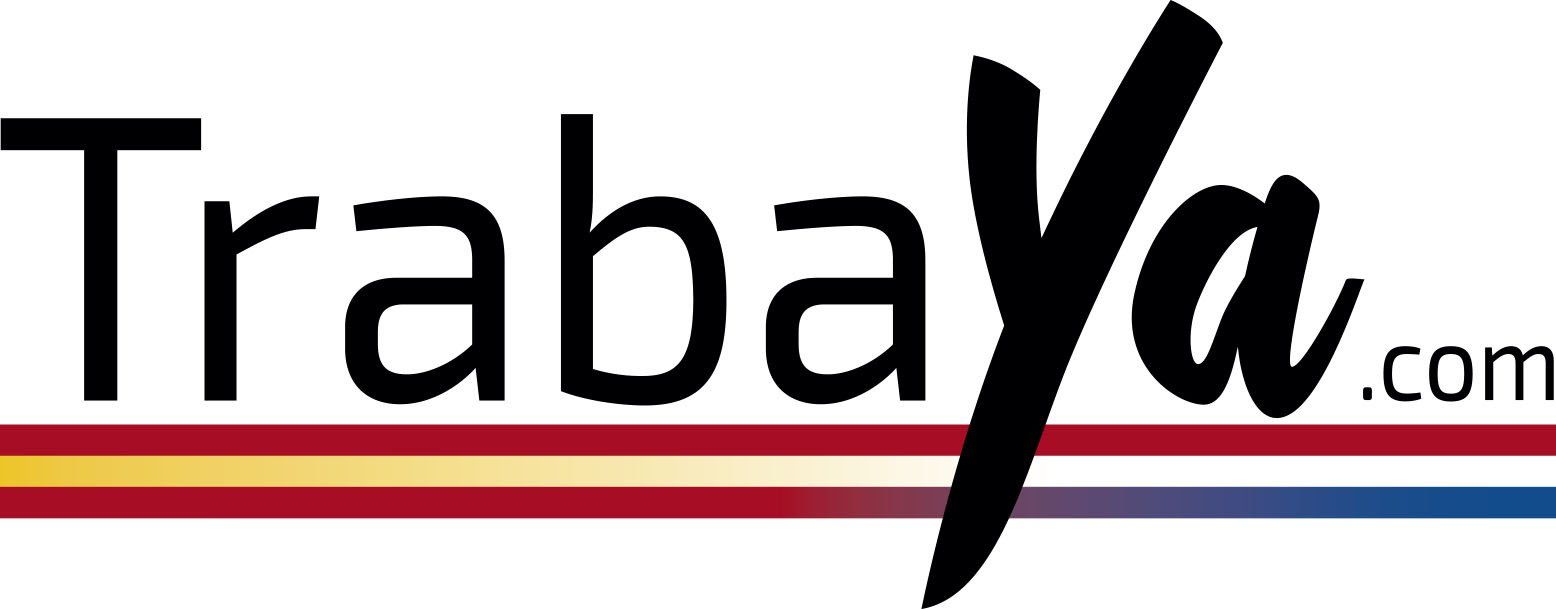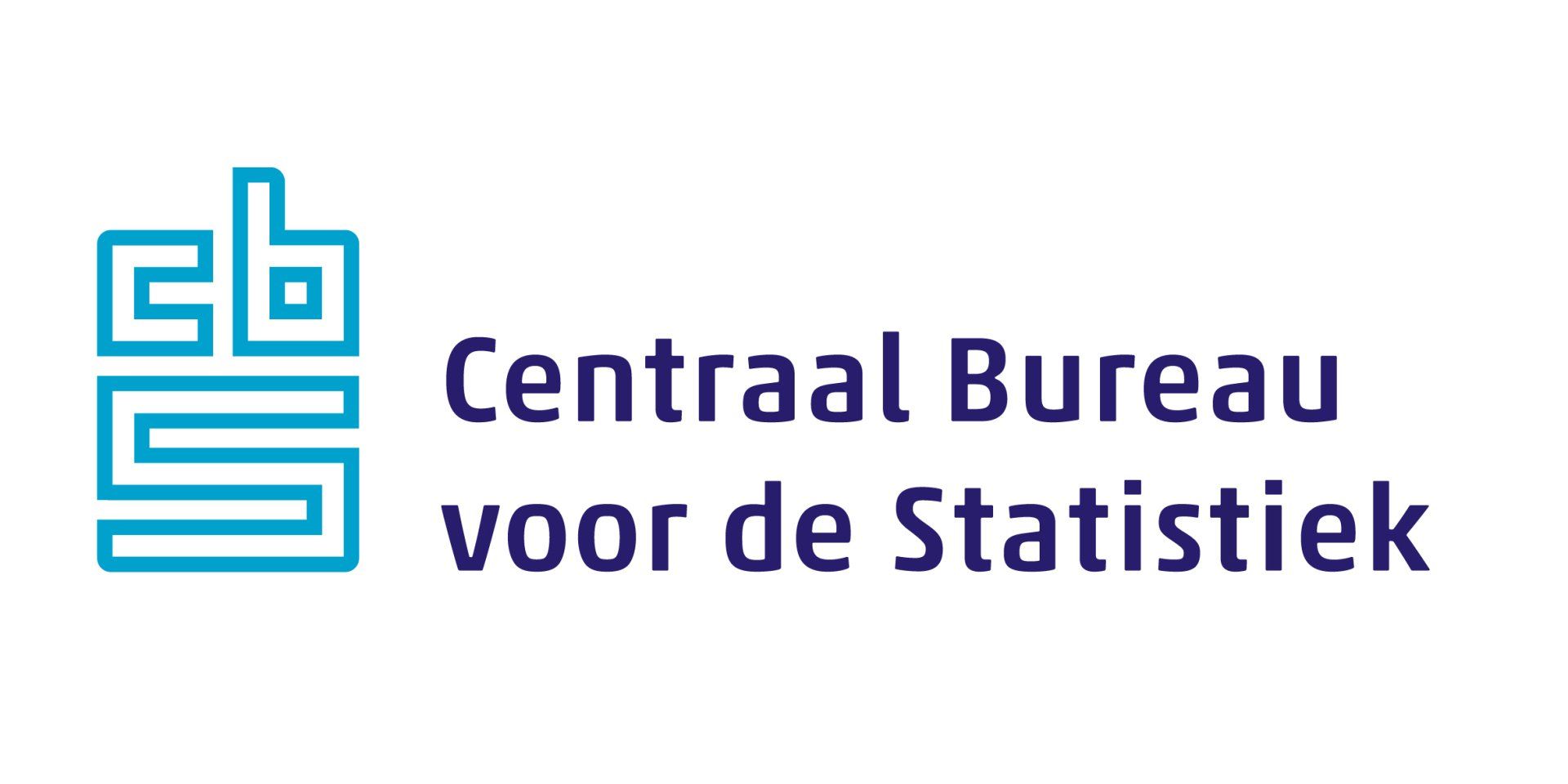Working in Italy
Get work experience, learn more languages, earn more, meet new people. There are many reasons to start working in one of the southern countries in Europe right now! Thousands of jobs are waiting for enthusiastic people like you.
¨Get work experience, learn more languages, earn more, meet new people.
There are many reasons to start working in one of the southern countries in Europe right now! Thousands of jobs are waiting for enthusiastic people like you.¨
Types of Work Visas in Italy
As a member of the European Union (EU), Italy allows citizens from other EU member states to work without a special visa or permit. Citizens of countries in the European Economic Area (EEA) are also free to work in Italy. Any employees who are not EU or EEA citizens will need an Italy work visa, called a Nulla Osta.
In Italy, a work visa falls under the category of a Long-Stay visa, which may also be referred to as a National or D-Visa. It’s important to note that the Italian work visa simply allows employees to enter the country. To stay in Italy, they’ll need to obtain a residence permit upon arrival.
Requirements to Obtain Italy Work Visas
Citizens of nations outside of the EU and EEA will need to have a job in Italy before applying for an Italian work visa. They’ll also need a work permit, which the employer must apply for using supporting documents from the employee.
Along with the application for a work visa in Italy, your employees will need the following supporting documents:
- A copy of a signed employment contract
- The original Nulla Osta and an additional copy
- A passport with a minimum of two blank pages that’s valid for at least three months after the visa’s duration
- Passport pictures
- A completed Italian Long-Stay Visa Application form
- Proof of sufficient financial means, accommodation in Italy, and paid visa fee
- Diplomas and other qualifying certificates
Application Process
The process of getting a Nulla Osta begins when an employee is offered a job in Italy. Following are the necessary steps to obtain the work visa:
- The employer applies for a work permit at the immigration office in their respective Italian province.
- Once the work permit is granted, the employer will send it to the employee and notify the Italian embassy or consulate where the employee will apply for a work visa.
- The employee will download and complete the Italy Visa Application Form, collect all necessary documents, and submit the application in person at the Italian embassy or consulate.
- If the Italian authorities approve the application, the employee will have six months to pick up the visa and enter Italy.
- Within eight days of entering Italy, the employee must apply for an additional permit to stay. This permit is referred to as a permesso di soggiorno, or residence permit. The application can be obtained at a local post office in Italy.
An Italy work visa can be valid for up to two years depending on the employment contract, but it can be renewed for up to five years.
Other Important Considerations
One of the unique considerations for obtaining a work permit in Italy is that applications are accepted for only a few months every one to two years. This window for applications varies depending on the state of immigration and the Italian job market. There is also a set quota of work visas that the Italian government will issue during a given window. Highly skilled employees may be exempt from the quota, but they will still need to go through the appropriate process of applying for a work permit and visa.








